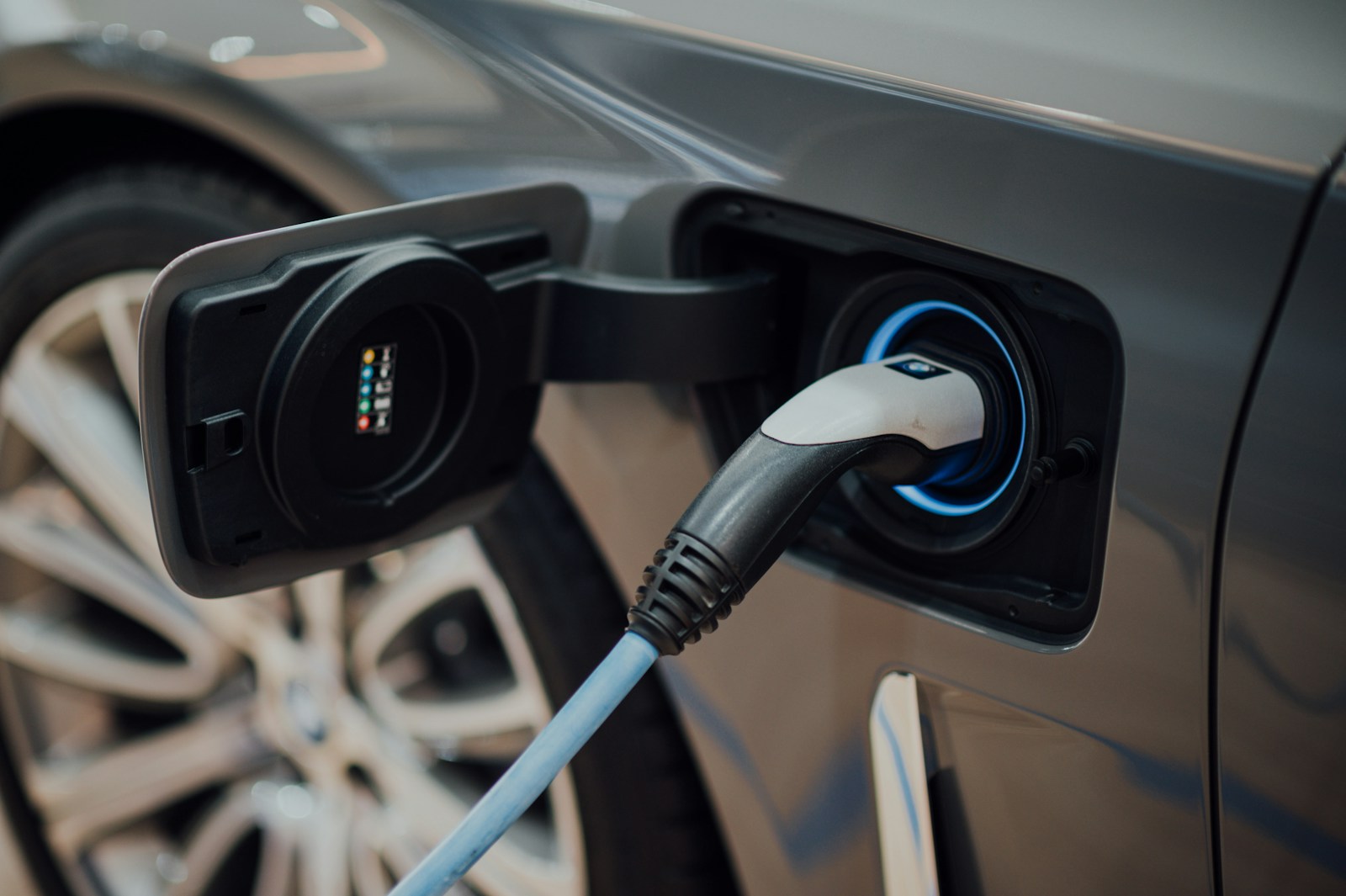Electric Car Manufacturers in 2025
No one remembers the name of the engineer who first bolted together an electric motor with a lithium-ion battery to create the prototype for the modern EV. You might drive a marvel of next-gen sustainability in two years’ time, but the assembly line team that built it doesn’t have to be filled with visionaries—they simply need to be competent at their craft.
The same applies to the rapidly evolving landscape of electric car manufacturing.
The individuals running these car companies are not design geniuses. Many of them aren’t even truly good at it. The same could be said about their leadership styles or their ability to gamble on new markets.
What’s required, however, is someone who understands the potential of electrification enough to show up, stick it out through the challenges, and then step aside to let the tech continue evolving on its own course.
Kevin Kelly taught us to consider tech as something akin to a living organism—one that functions symbiotically, using its creators to ensure its continued growth and adaptability. The same principle is shaping the car industry as we look toward 2025.
We shouldn’t get caught up in celebrating the CEOs or applauding their strategies. They’re not the end result. The end result is the arrival of smarter, cleaner, and more sustainable vehicles—even if nobody remembers how we got there.
Hottest Players Dominating the 2025 EV Market
The electric vehicle world is crowded with companies jockeying for position, not only in sales but in innovation. As we march toward 2025, the field of prospective winners continues to narrow.
Tesla: The Veteran Still Shaking Things Up
It’s impossible to talk adoption and scale without mentioning Tesla, the blueprint for nearly every successful EV startup in the past decade. Their 2025 lineup promises even more aggressive price points, a broader focus on autonomous driving capabilities, and the rumored revamp of their flagship Model S. Yet Tesla isn’t coasting; they are still taking risks, investing billions on vertical integration plans for battery production to cut costs and boost efficiency.
Rivian: From Niche to Mainstream
Rivian’s trucks carved a niche for themselves in the early stages of their company’s growth, but by 2025, Rivian could be on every suburban street in America. The logic was simple: deliver durable, adventure-ready vehicles with an EV-first ethos. Their Amazon delivery trucks put them on the map financially, but the company is now shifting gears to focus on mass-market appeal without compromising its outdoorsy roots.
BYD: The Chinese Powerhouse
No one is dismissing BYD anymore. The Chinese automaker is producing EVs at scale—faster and cheaper than anyone saw coming just five years ago. Their 2025 goal? To own the entry-level market globally while also beginning to expand their foothold in luxury EVs through partnerships and high-profile releases.
Legacy Automakers: Adapt or Depart
Ford, GM, and Volkswagen are neck-deep in the electric revolution. The pressure to stay brand-relevant while navigating the pivot to zero-emission fleets has driven innovation—and sometimes, desperation. By 2025, they’re aiming beyond simple compliance with government mandates, attempting designs that resonate emotionally with consumers who might still pine for gasoline-powered Americana.
Ford’s electric F-150, GM’s Ultium-powered platforms, and Volkswagen’s ID series are all set to undergo major enhancements next year. Whether they succeed at remaining cultural touchstones is a question their engineers might be better able to answer than their marketers.
The Quiet Giants
Lucid Motors: Staying in the Luxury Lane
Memory foam. Hand-stitched leather interiors. Range numbers so high nobody really needs to charge every day. Lucid Motors is not trying to win over the masses by 2025. What they’re doing instead is cementing themselves as the de facto standard for luxury electric cars. Picture something as exclusive as a supercar—with the tree-hugging image of an EV. Lucid doesn’t want to race Tesla in price wars, and it’s a bet that might just pay off.
Canoo: Small and Strange
Canoo often goes unnoticed in conversations about top-tier manufacturers, but their approach prioritizes access over prestige. Modular vehicle designs, built for city-dwellers or utility-first buyers who value compact, no-frills options, mean they might cater to the parts of the market others overlook. By being small, they also might remain nimble and outlast others bogged down by inflated budgets.
New Players Gunning for Disruption
Fisker: A Redemption Story
Fisker has been down before, but they’ve clawed their way back. With the highly-anticipated Ocean SUV already slated for success, Fisker’s 2025 game plan is one of reinvention for a brand that has previously flirted with irrelevance. They’ve secured manufacturing partners left and right—proof that being resilient sometimes outweighs sheer genius.
Nio: The Subscription Model Vanguard
Nio is testing a radical idea: turning EVs into a service. Don’t buy the car—subscribe to it instead. Battery swapping, premium services, and constant upgrades are Nio’s way of saying ownership models might eventually die out entirely. What happens if they’re right? By 2025, we could find ourselves thanking a company so far ahead of its time that it created a system most of us can’t currently imagine.
Tech Outpacing Branding
The best EV manufacturers in 2025 won’t be the ones with the slickest commercials or the most Instagram-worthy showrooms. They’ll be the ones fine-tuning solid-state battery longevity, securing rare-earth supplies without controversy, and adopting sustainable materials without bankrupting their supply chains.
What’s happening today—and in the next two years—will determine whether our streets are packed with Teslas, BYDs, or Canoos. It’s not going to matter much who finishes first so long as they leave gasoline engines in the rearview mirror for good.
